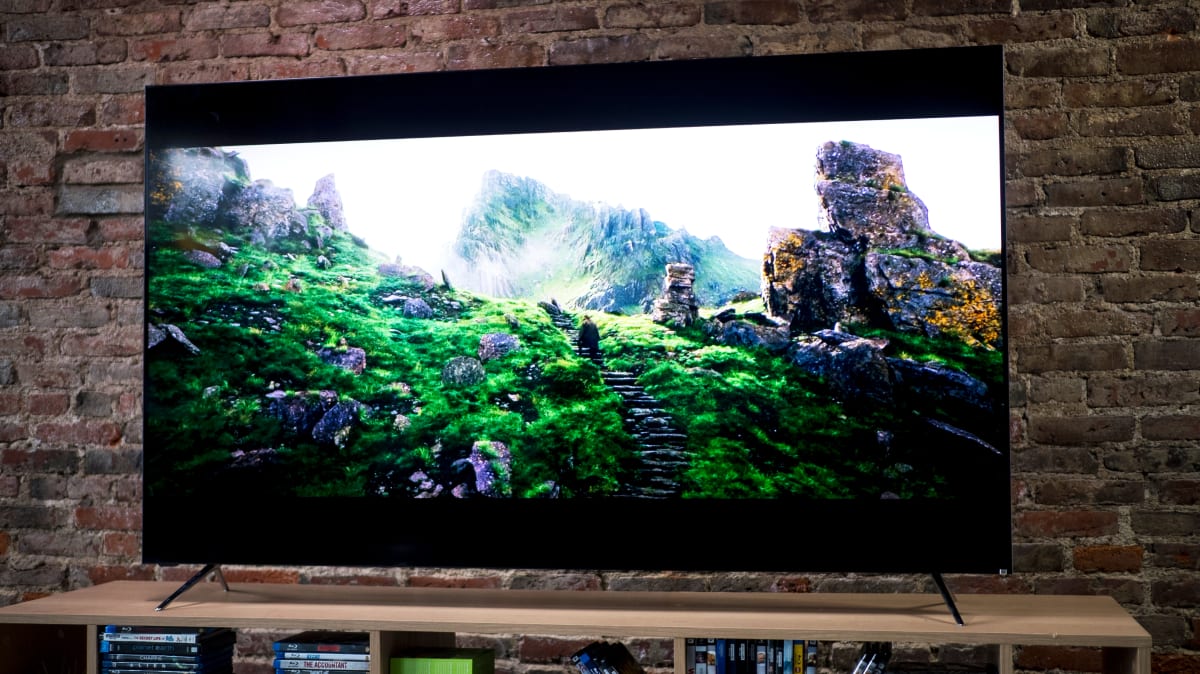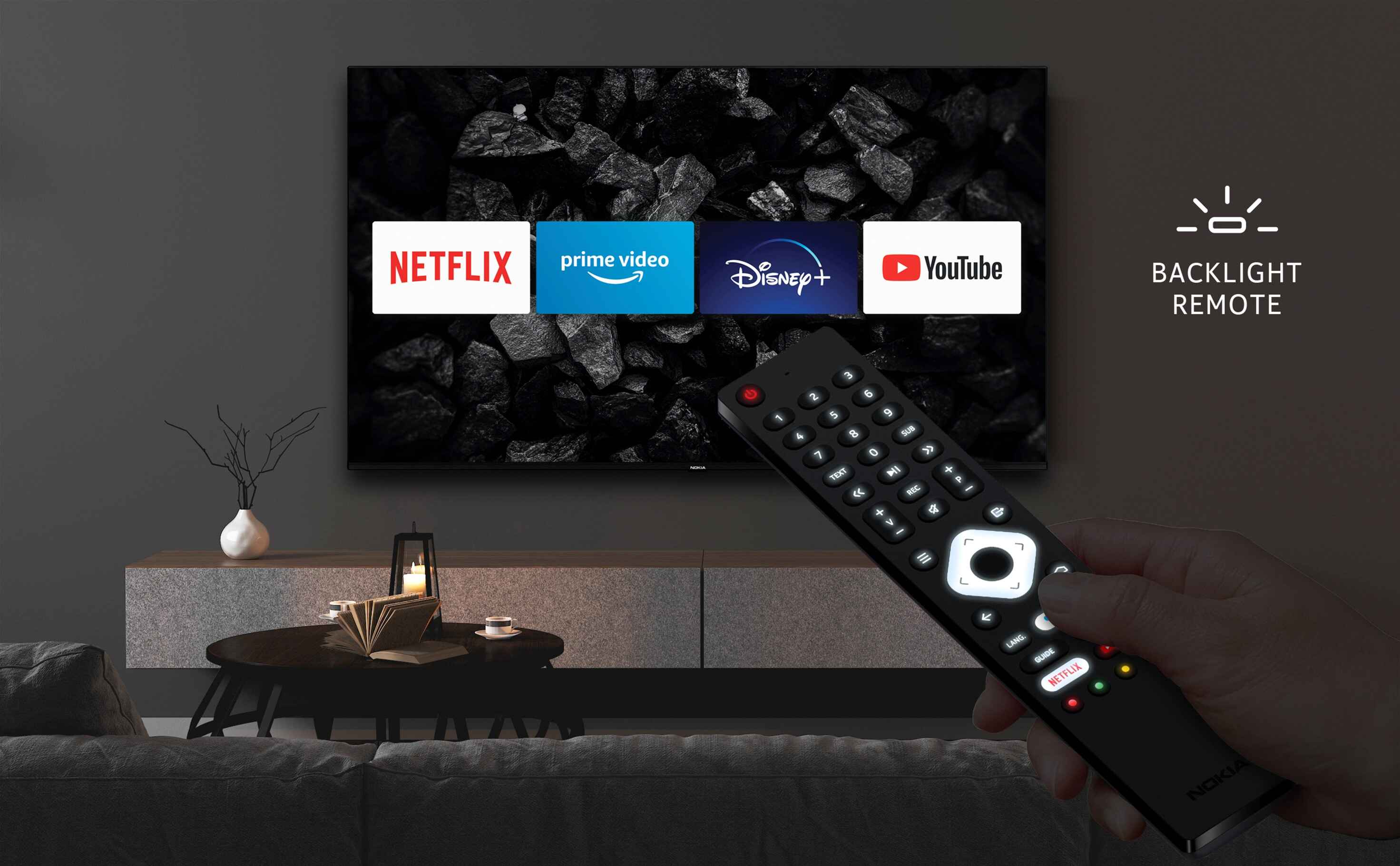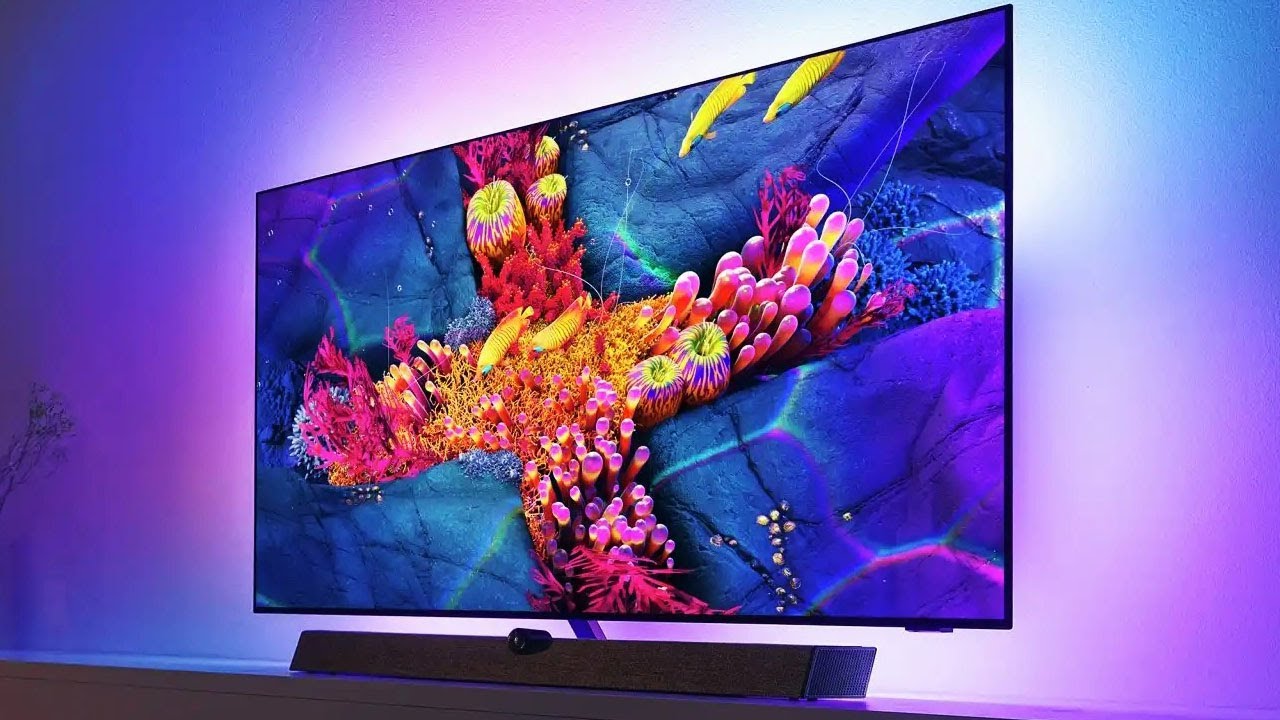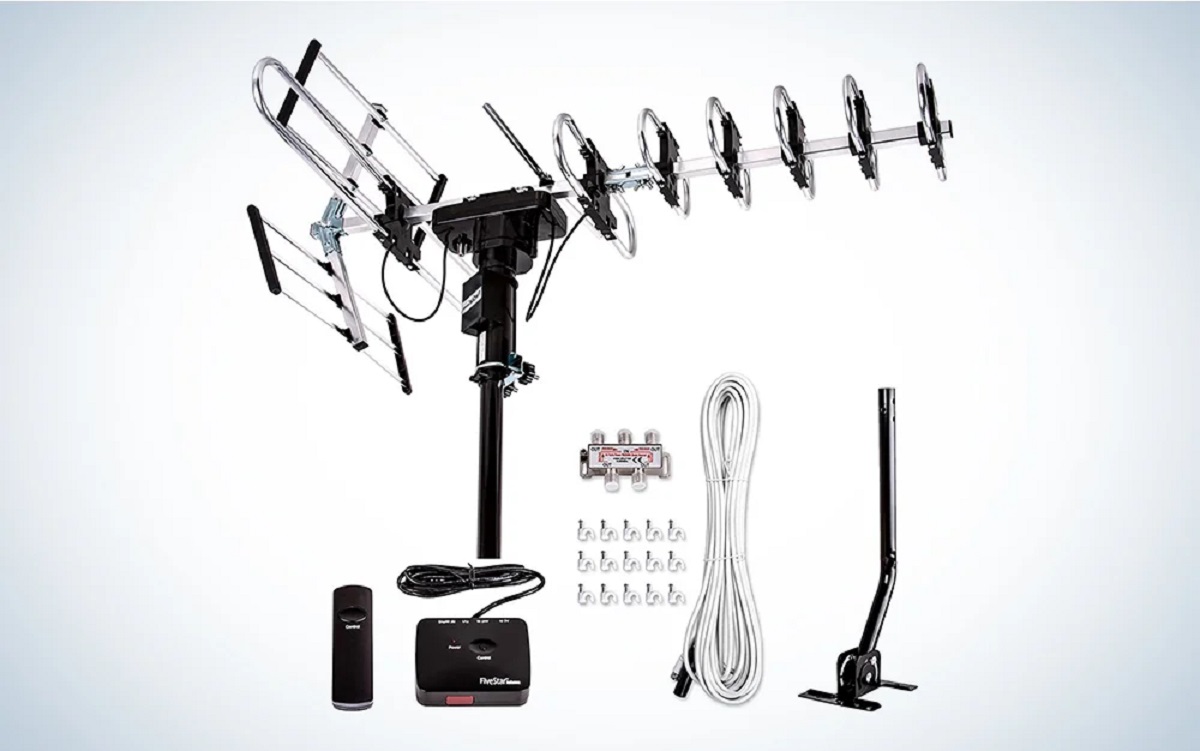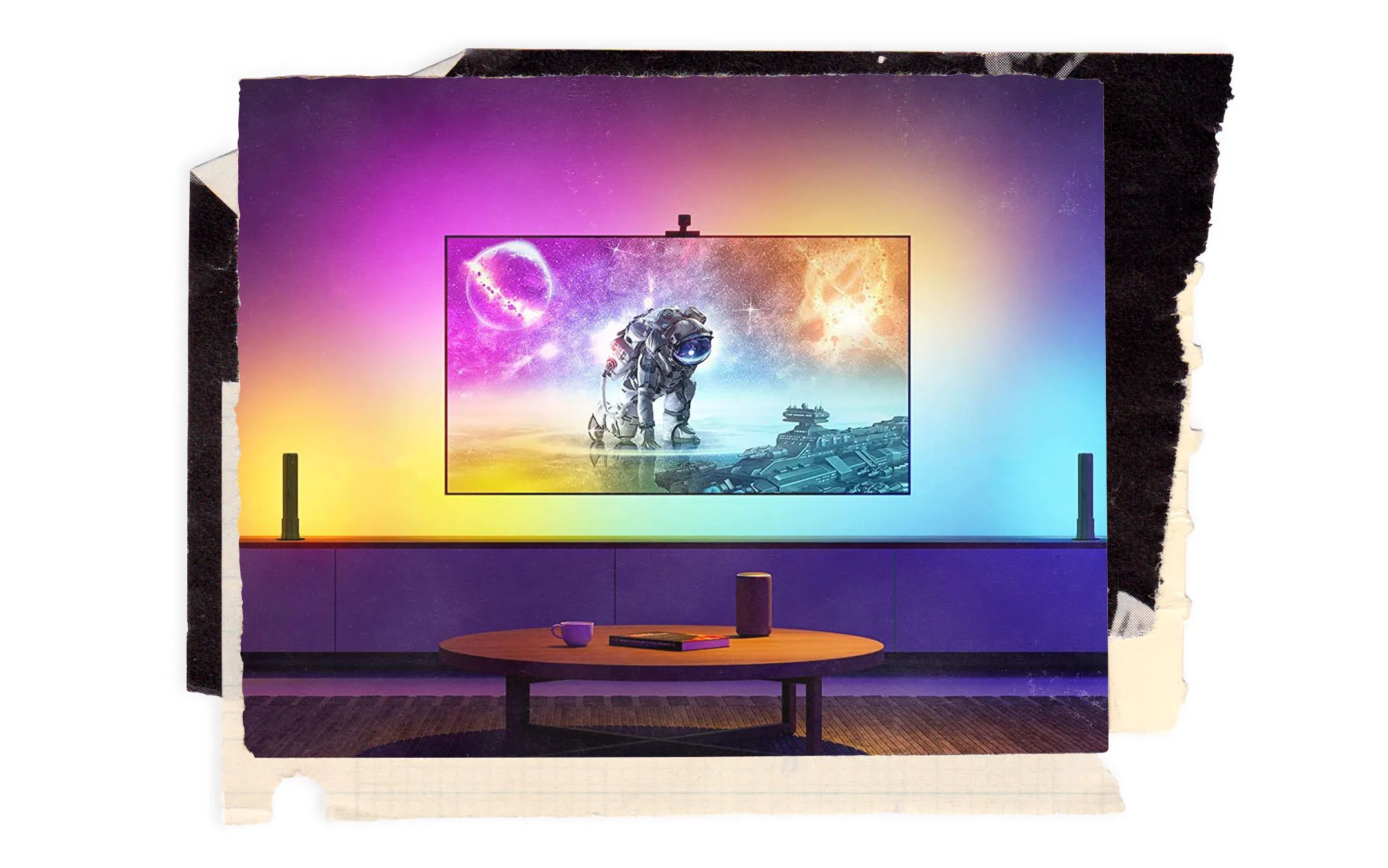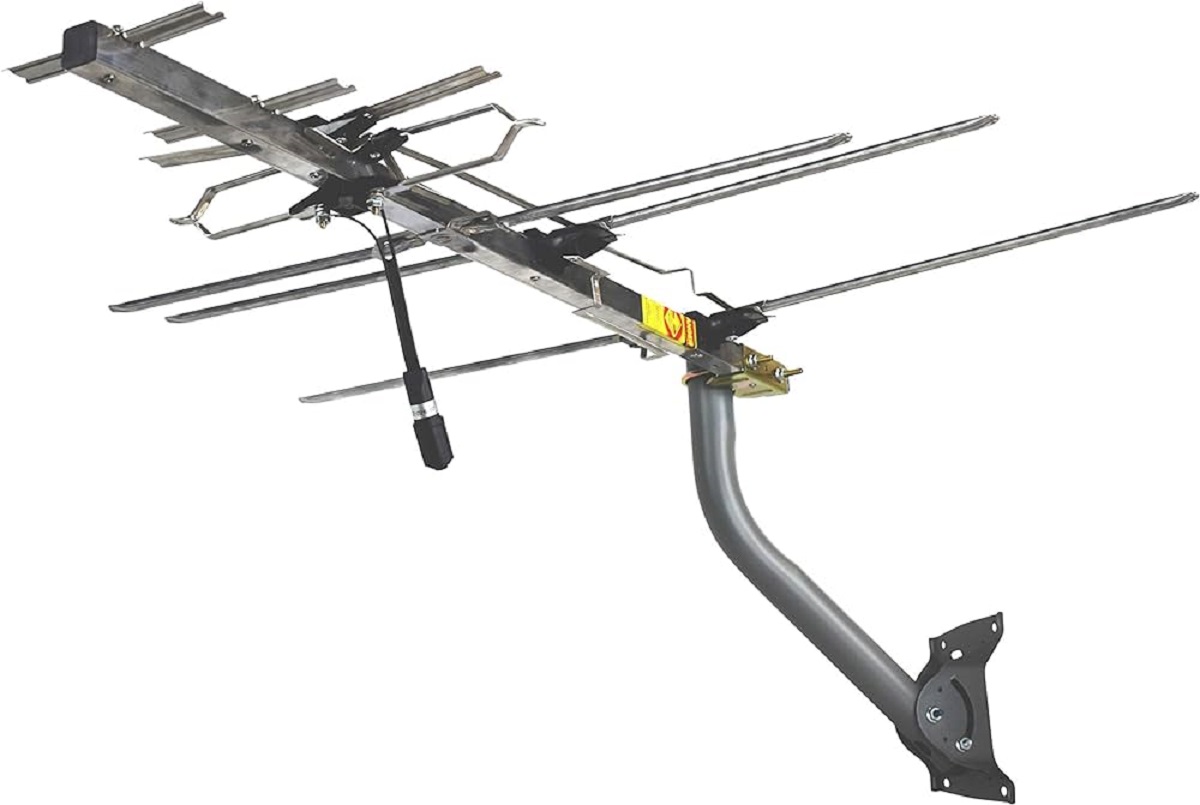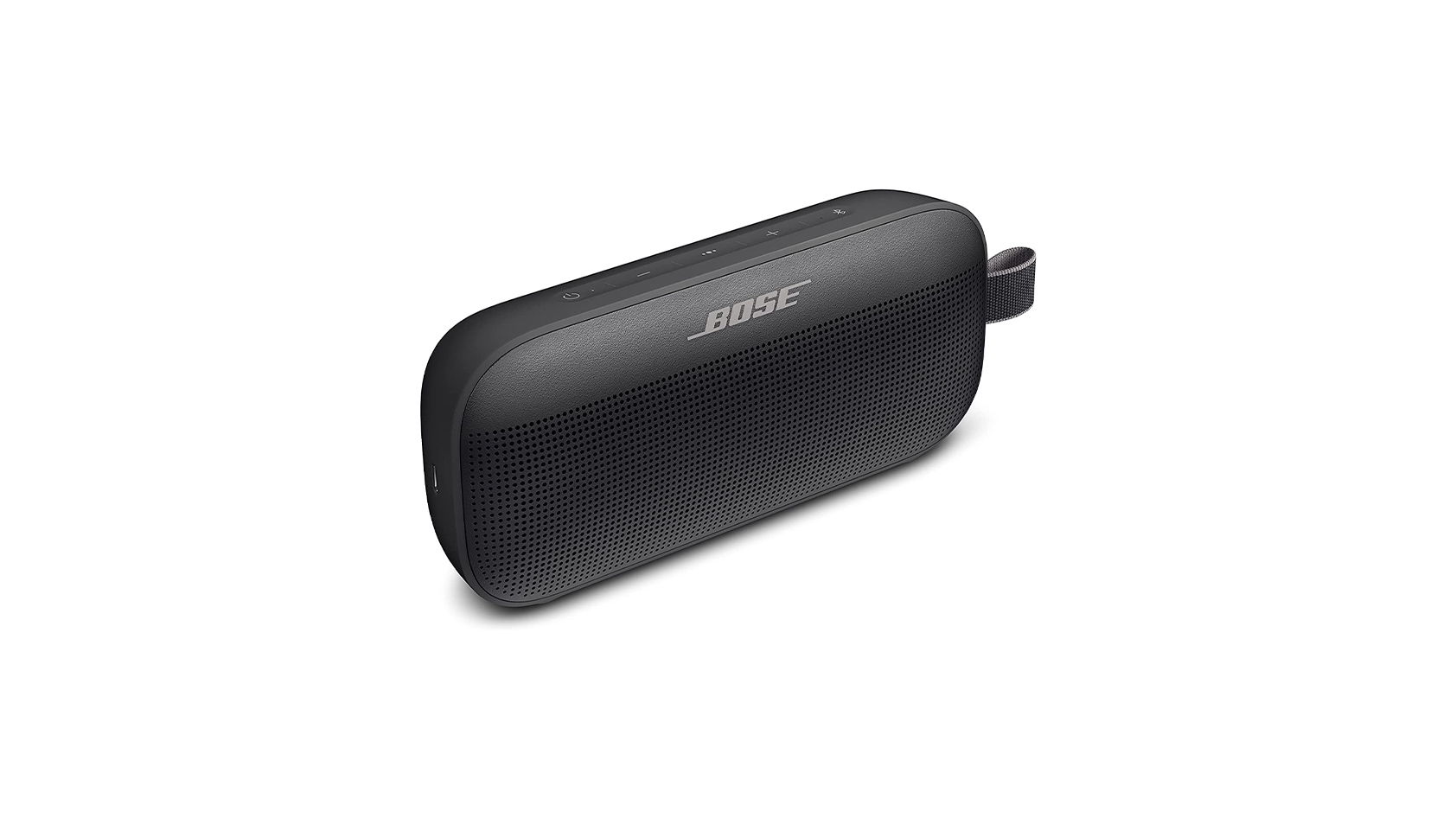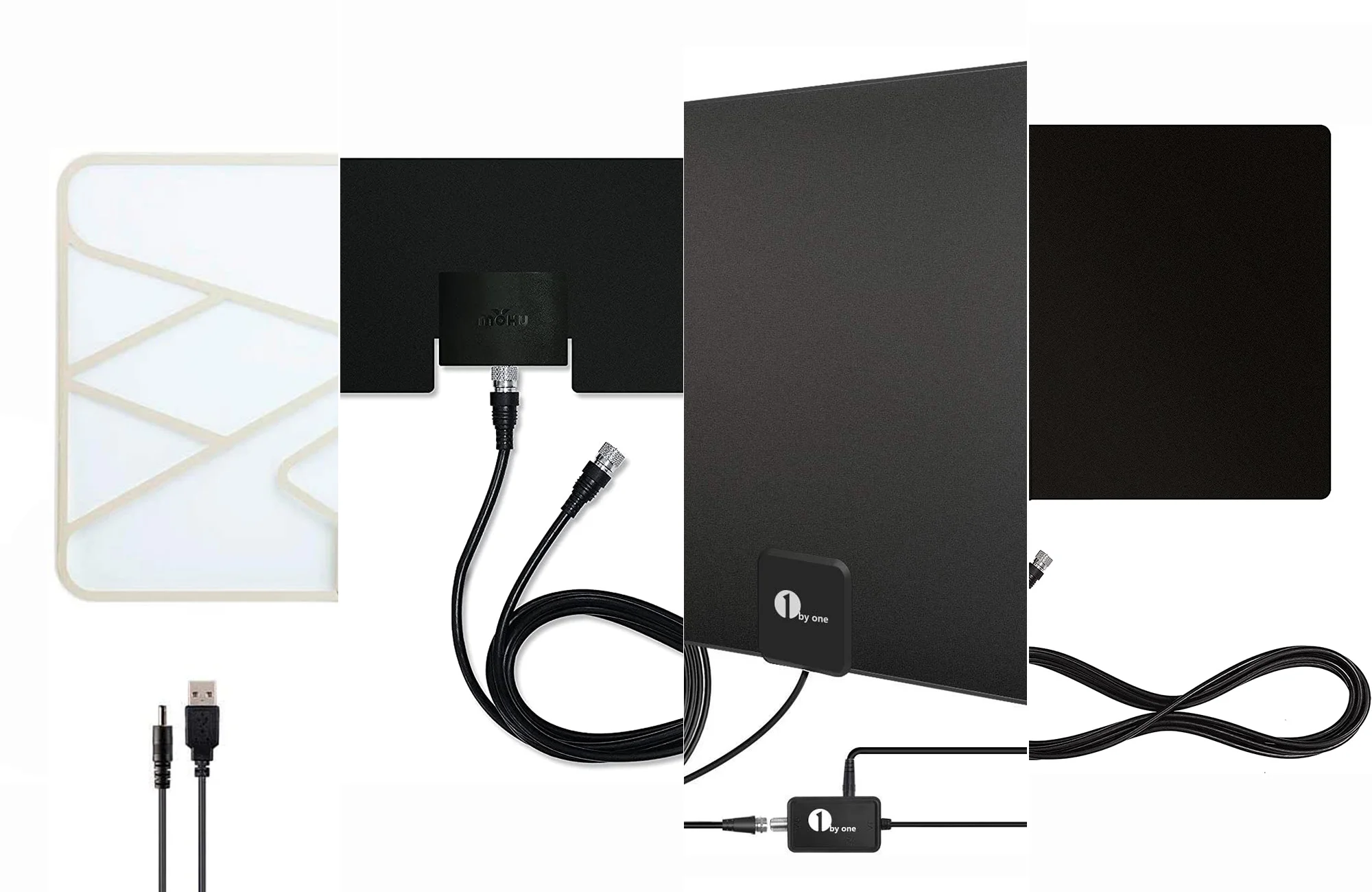Introduction
Welcome to the world of technology, where smart TVs have become an integral part of our daily lives. These advanced devices have revolutionized the way we experience entertainment in the comfort of our homes. With their sleek designs, stunning visuals, and access to a wide range of streaming platforms, smart TVs have quickly become a must-have gadget for many households. However, like any electronic device, smart TVs also have a lifespan that can vary depending on several factors.
In this article, we will explore the average lifespan of a smart TV and discuss the various factors that can affect its longevity. We will also provide you with valuable information on how to identify signs that your smart TV may be nearing the end of its lifespan and share tips on how to extend its longevity. Additionally, if you’re considering purchasing a new smart TV, we will also highlight important factors to consider before making your decision.
Whether you’re a tech enthusiast looking to upgrade your entertainment setup or a consumer curious about the lifespan of your existing smart TV, this article aims to give you a comprehensive understanding of the topic. So, let’s dive in and explore the fascinating world of smart TVs and their lifespan.
Factors that Affect the Lifespan of a Smart TV
The lifespan of a smart TV can vary depending on several factors. Understanding these factors can help you make informed decisions when it comes to purchasing and using your smart TV. Here are some key factors that can affect the lifespan of your device:
- Quality of Components: The quality of the components used in manufacturing the smart TV plays a crucial role in determining its lifespan. TVs with higher-quality components are generally designed to last longer.
- Usage Patterns: How frequently and for what purposes you use your smart TV can impact its lifespan. TVs that are used for extended periods of time, such as being left on for hours or used for gaming or streaming constantly, may have a shorter lifespan.
- Care and Maintenance: Proper care and maintenance can significantly extend the lifespan of your smart TV. Keeping the TV clean, avoiding excessive exposure to dust or humidity, and ensuring proper ventilation can contribute to its longevity.
- Power Surges and Electrical Issues: Power surges and electrical issues can damage the internal components of your smart TV. Using surge protectors and stable power sources can protect your TV from such issues and help prolong its lifespan.
- Software Updates: Regular software updates provided by the manufacturer can improve the performance and security of your smart TV. Staying up-to-date with the latest firmware can help maintain the longevity of your device.
- Environment: The environment in which your smart TV is placed can impact its lifespan. Extreme temperatures, exposure to direct sunlight, and high humidity can potentially shorten the lifespan of your TV.
- Brand and Model: The brand and model of your smart TV can also influence its lifespan. TVs from reputable brands known for their quality and durability may have a longer lifespan compared to lesser-known brands.
By considering these factors and taking appropriate measures, you can potentially extend the lifespan of your smart TV and ensure that it continues to provide you with an exceptional viewing experience for years to come.
Average Lifespan of a Smart TV
The average lifespan of a smart TV can vary depending on several factors, such as the brand, usage patterns, and the quality of components. While there is no definitive answer, it is generally accepted that the average lifespan of a smart TV falls between 5 to 7 years. However, it is important to note that this is just an estimate, and some smart TVs may last longer while others may not reach this average timeframe.
One of the primary factors that influence the lifespan of a smart TV is the quality of its components. Higher-end models often feature superior build quality and use premium materials, which can contribute to a longer lifespan. On the other hand, budget-friendly smart TVs may have lower-quality components that are more prone to failure, reducing their overall lifespan.
Another factor that can impact the lifespan of a smart TV is usage patterns. If you use your smart TV for several hours every day, such as for gaming, streaming, or general viewing, it may experience more wear and tear compared to TVs that are used less frequently. Additionally, factors such as leaving the TV on for extended periods or subjecting it to heavy usage can also contribute to a shorter lifespan.
It is worth noting that advancements in technology and the continuous improvement of smart TVs can also impact their lifespan. As newer models with enhanced features and capabilities are released, older models may become obsolete, leading some users to upgrade their TVs sooner than expected.
While the average lifespan of a smart TV is important to consider, it does not necessarily mean that your TV will abruptly stop working after reaching a certain age. Many smart TVs can continue to function beyond the average lifespan with proper care and maintenance. However, it is essential to be aware of certain signs that indicate your smart TV may be nearing the end of its lifespan.
In the next section, we will discuss some of the common signs that can help you identify when your smart TV is nearing the end of its lifespan, allowing you to plan for a replacement or take steps to extend its longevity.
Signs that Your Smart TV is Nearing the End of its Lifespan
Smart TVs, like any other electronic device, have a finite lifespan. Over time, you may start to notice certain signs that indicate your smart TV is approaching the end of its life. Here are some common signs to look out for:
- Diminished Picture Quality: If you notice a decline in the picture quality of your smart TV, such as decreased brightness, color accuracy, or pixelation, it may be a sign that the display components are deteriorating.
- Slow Performance: Does your smart TV take longer to respond to commands or load apps? If you experience prolonged lag, stuttering, or freezing, it could indicate that the internal hardware is struggling to keep up with modern software demands.
- Repeated Software Crashes: If your smart TV frequently experiences software crashes, restarts on its own, or has difficulty updating firmware, it may be a sign that the internal software or hardware is becoming outdated and incompatible.
- Strange Noises or Overheating: Unusual noises, excessive heat, or overheating of your smart TV can indicate issues with the internal components or inadequate ventilation, which can lead to premature failure.
- Frequent Power Issues: Does your smart TV suffer from sporadic power failures, random shutdowns, or difficulty turning on and off? These issues may be indicative of underlying electrical or hardware problems.
- Limited App Compatibility: As smart TV technology advances, older models may struggle to support new apps and software updates. If you find that your smart TV can no longer run the latest apps or has limited compatibility, it may be a sign that it is nearing the end of its lifespan.
It is important to note that experiencing one or two of these signs does not necessarily mean that your smart TV is beyond repair or replacement. However, if you consistently encounter multiple signs and your TV is reaching its average lifespan, it may be a good idea to start considering your options for a new smart TV.
In the next section, we will explore some tips on how to extend the lifespan of your smart TV, ensuring that you get the most out of your investment for as long as possible.
How to Extend the Lifespan of Your Smart TV
While the lifespan of a smart TV is influenced by various factors, there are steps you can take to extend its longevity. By following these tips, you can maximize the lifespan of your device and continue to enjoy its features for years to come:
- Proper Placement: Ensure that your smart TV is placed in a well-ventilated area, away from direct sunlight, heat sources, or areas with excessive dust. Proper placement can prevent overheating and damage to internal components.
- Cleanliness: Regularly clean the screen and the exterior of your smart TV to prevent dust buildup. Use a microfiber cloth and avoid applying excessive pressure or using harsh cleaning solutions that could damage the screen or coating.
- Use a Surge Protector: Protect your smart TV from power surges by connecting it to a reliable surge protector. This can safeguard your device from electrical fluctuations and potential damage.
- Avoid Leaving it On: While smart TVs are designed to be on for extended periods, it is still a good practice to turn off the TV when not in use. This can help prevent unnecessary wear and decrease power consumption.
- Keep the Software Up to Date: Regularly update the firmware and software of your smart TV. These updates often include bug fixes, performance enhancements, and security patches that can improve the TV’s stability and longevity.
- Adjust Picture Settings: Adjust the brightness and contrast settings of your smart TV to optimal levels. Extremely high brightness levels can degrade the display over time, while excessive contrast settings can strain the internal components.
- Utilize Energy Saving Features: Enable energy-saving features on your smart TV, such as automatic power-off or standby mode. These features can help reduce unnecessary strain on the TV’s components and prolong its lifespan.
By implementing these practices, you can ensure that your smart TV remains in good condition and performs optimally throughout its lifespan. However, it is important to remember that even with proper care, there may come a time when replacing your smart TV becomes inevitable.
In the next section, we will discuss important factors to consider when purchasing a new smart TV, helping you make an informed decision for your future entertainment needs.
Factors to Consider when Purchasing a New Smart TV
When the time comes to replace your smart TV, there are several important factors to consider to ensure that you make the right choice for your entertainment needs. Here are some key factors to keep in mind when purchasing a new smart TV:
- Screen Size and Resolution: Determine the ideal screen size and resolution for your viewing preferences and the space available in your home. Consider factors such as the distance from which you will be watching and the type of content you enjoy.
- Smart Features and Capabilities: Assess the smart features and capabilities offered by different models. Look for features like built-in streaming apps, voice control, and compatibility with popular streaming platforms to enhance your entertainment experience.
- Connectivity Options: Check the connectivity options available on the smart TV, such as HDMI and USB ports, Wi-Fi capabilities, and Bluetooth compatibility. These options ensure seamless connection with other devices and expand the versatility of your TV.
- Image and Sound Quality: Consider the display technology and audio capabilities of the smart TV. Look for features like high-definition (HD) or 4K resolution, HDR (High Dynamic Range), and Dolby Atmos sound to enhance your visual and audio experience.
- Brand and Reputation: Research and choose a reputable brand known for producing high-quality smart TVs. Brands with a proven track record often provide better customer support, timely software updates, and a more reliable product.
- User Interface and Ease of Use: Pay attention to the user interface and ease of use of the smart TV. A user-friendly interface and intuitive navigation make it easier to access your favorite content and settings without frustration.
- Price and Budget: Set a realistic budget for your smart TV purchase and compare prices of different models that meet your requirements. Consider the long-term value and features offered by each model to make an informed decision.
It is also helpful to read reviews and seek recommendations from trusted sources before making a final decision. This can provide valuable insights into the performance, reliability, and overall user experience of the smart TV models you are considering.
By considering these factors, you can find a smart TV that meets your specific needs, ensuring an enjoyable and long-lasting entertainment experience.
Conclusion
Smart TVs have become an essential part of our entertainment setup, offering a wide range of features and access to various streaming platforms. Understanding the lifespan of a smart TV and the factors that affect it is crucial for making informed decisions regarding purchasing and maintaining these devices.
While the average lifespan of a smart TV is estimated to be around 5 to 7 years, it is important to remember that individual experiences may vary. Factors such as the quality of components, usage patterns, care and maintenance, and brand reputation can all influence the longevity of a smart TV.
Being aware of signs that indicate your smart TV is nearing the end of its lifespan, such as diminished picture quality, slow performance, or frequent software crashes, can help you plan for a replacement or take steps to extend its longevity. Proper placement, regular cleaning, using surge protectors, and keeping the software up to date are some ways to ensure your smart TV lasts longer.
When purchasing a new smart TV, considering factors like screen size, resolution, smart features, connectivity options, image and sound quality, brand reputation, user interface, and budget are essential. Taking the time to research and choose a model that meets your specific requirements will ensure a satisfying and long-lasting entertainment experience.
In conclusion, smart TVs have enriched our entertainment options, but they have a finite lifespan influenced by multiple factors. By understanding these factors and adopting best practices, we can maximize the lifespan of our smart TVs, prolonging their usefulness and enjoyment.







